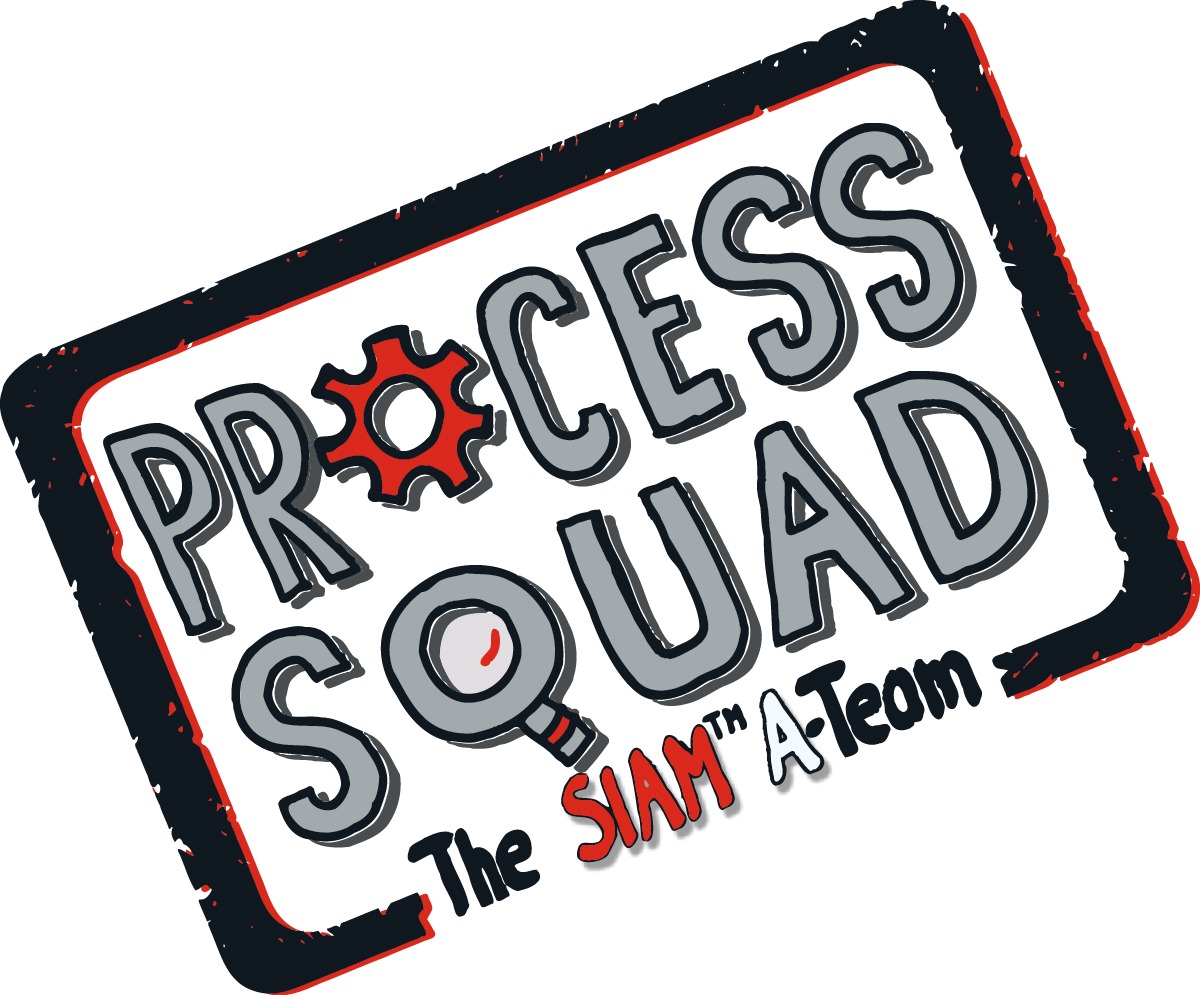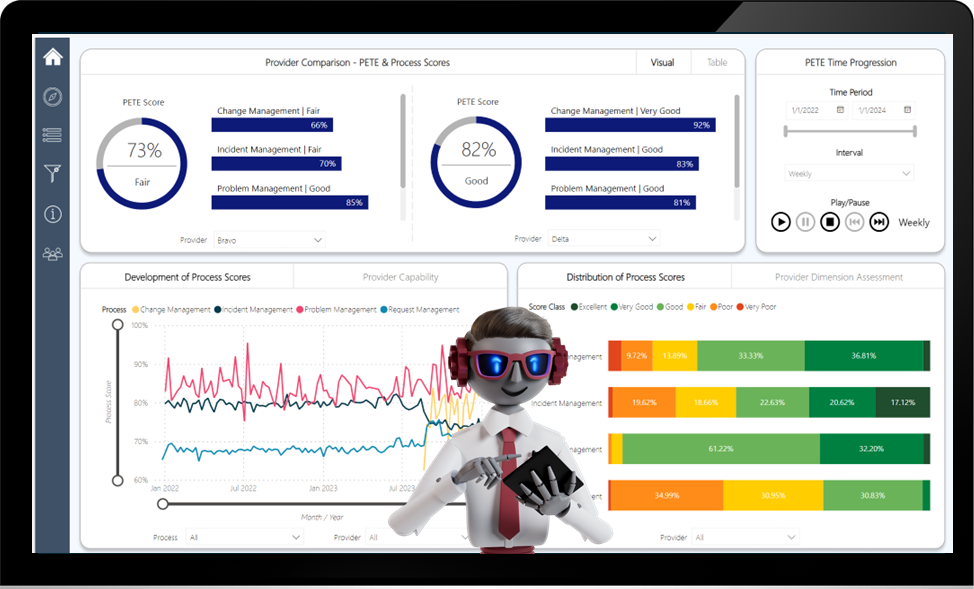
Documentation plays a crucial role in conveying information, guiding processes, and ensuring organizational knowledge is effectively transferred. However, dealing with monolithic documents can be overwhelming for both creators and readers.
When we develop processes for our clients and document them, we use a three-tier approach, breaking down extensive documents into three distinct parts:
- Process Descriptions (defining the “What”),
- Operational Procedure Manuals (aka OPM’s, describing the “How”), and
- Specific Work Instructions (aka WI’s, specifying all tasks including tools to perform process steps as defined in the OPM).
This strategy enhances clarity, accessibility, and overall effectiveness of documentation.
Now, let’s delve into additional specifics to take into account for each document type:
1.🗺️Process Description: Understanding the “What” The first tier of documentation focuses on providing a comprehensive understanding of the process at hand. Process descriptions answer the fundamental question: what is the purpose and scope of the process? This section sets the stage by introducing the overall context, objectives, and desired outcomes. It serves as the starting point for readers and gives them a good overview before delving into the specifics. These documents typically do not exceed 5 to 6 pages in length.
Benefits:
- 🔍Clarity: By separating the ‘what’ from the ‘how,’ readers can quickly gain an overview of the process without being bogged down by details.
- 🌐Accessibility: Stakeholders with diverse roles and responsibilities can easily comprehend the purpose and importance of the documented process.
2. 📚 Operational Procedure Manual: Detailing the How
The second-tier dives into the operational details, outlining the step-by-step procedures required to execute the process. This section bridges the gap between the high-level process description and the granular work instructions. It answers the question of ‘how’ the process steps are executed by breaking down the process into manageable and actionable steps. A typical OPM is about 20 pages.
Benefits:
- 🗺️Guidance: Operational procedure manuals serve as a practical guide for individuals involved in executing the process, offering a structured pathway to follow.
- 🤝Consistency: Standardizing procedures ensures that everyone involved adheres to the same set of steps, reducing the likelihood of errors or inconsistencies.
3. 🔧Specific Work Instructions: The Detailed How-To
The third and final tier provides specific work instructions, offering a detailed descriptions for each step outlined in the Operational Procedure Manual. This section includes technical details and the tool(s) in which the step is performed. It may also include and any other pertinent information necessary for successfully completing the task at hand.
A WI is normally 1-2 pages maximum in length and is written in a way that everybody can follow it with minimal knowledge. Please keep in mind that a step in an OPM can lead to multiple WI’s.
Benefits:
- 🎯Precision: Specific work instructions eliminate ambiguity, providing precise details on how each step should be executed.
- ⏱️Efficiency: Users can follow a systematic approach, minimizing the risk of errors and optimizing the overall efficiency of the process.
By implementing a three-tier documentation approach, we improve communication, making information accessible and easy to understand for everyone. This approach defines the ‘what,’ ‘how,’ and ‘detailed how-to,’ promoting clarity, consistency, and efficiency in organizational processes. It empowers both document creators and users, creating a more effective work environment.
Stay tuned for our upcoming articles where we’ll delve into each document type to help you become a better document writer (and provide you with ready-to-use templates).
#Documentation #ProcessSquad #Efficiency




